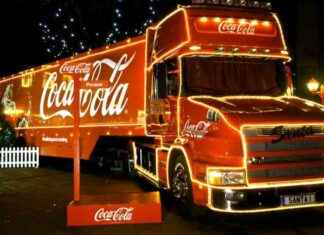A spectroscope is an optical device that estimates the amount of light taken up by a matter. Fascinatingly, experts formulated the first unit in 1939. These days, spectroscopes are invaluable units in environmental testing, forensics, production facilities, medicine, quality control management, and biomedical research. Spectroscopes enable experts to gauge a broad range of entities, for example, paints, food, lights, minerals, cosmetics, kinetics, clothing, culture density, and more. Due to their wide range of applications, spectroscopes are in high demand. This has resulted in spectroscope sellers popping up everywhere.
While you will find top-notch units such as Agilent atomic absorption spectroscopy, there are also inferior products. Hence, you should carefully choose your unit. Besides, you should get a unit that suits your particular applications. In this article are some ranking factors of reflection in buying a spectroscope.
Type of Unit Sensor
You’ll have to determine which type of sensor you yearn to use in your unit. Several detectors are manufactured with a photodiode array (PDA). These sensors are great for typical applications. Nonetheless, some units use a coupled detector (CCD). Although CCDs offer exceptionally low readout noise, they are fabricated such that they absorb Ultraviolet light. A UV-VIS unit makes a perfect selection for gauging around that absorption hitch. Semi-conductor sensors are ideal for 160nm-1100nm wavelengths, and their coverage includes shortwave light, UV light, and visible light. For wavelengths of 900nm-1700nm, Indium Gallium Arsenide detectors (InGaAs) are a great option. However, what matters most is the sort of matters you’re gauging.
Requirements
Since spectroscopes can be applied in a range of settings, they are available in different shapes and sizes. Hence, prospective purchasers should check their goals and the equipment’s detection limits. Depending on your picky research goals, you’ll have to select between equipment that detects various wavelengths, namely, visible light spectroscopes, near-infrared spectroscopes, atomic absorption spectroscopes, fluorometers, visible/ultraviolet spectroscopes, nuclear magnetic resonance units, and mercury analyzers. Some spectroscopes measure microscopic tasters, appropriate for reflectometry, thin-film measurements, and microcalorimetry.
Besides wavelength limit, other factors determine the classification of these devices. For example, when it comes to taster throughput, there are single sample units and multi-sample units. Lastly, spectroscopes can be divided based on the light path employed; single-beam units, dual-beam units, and split beam units.
Unit Calibration
When it comes to spectroscope calibration, there are two types; light source and pave length calibration. The brilliancy of the light source decreases with application and must be calibrated one time after 1-2 years. You can do this by merely checking with the strictures the manufacturer provides and calibrating the equipment yourself without getting an engineer to work on it. The biggest hitch with the modern units is, pave length is problematic to calibrate. Due to varying degrees of sample concentration, the electric motor is utilized to fine-tune the pave length.
Nonetheless, path length dislocation caused by machines also affects fixed strictures and formulas. Depending on the size of samples and incidence, the concentration has to be calibrated once every 3-6 years. Picking a concentration with a fitted pave length will enable you to sort out the calibration issue. Consumers can manually choose the right to pave length depending on the taster concentration.
Choosing a unit that suits your application can daunt. To obtain an excellent unit, for instance, Agilent atomic absorption spectroscopy, due diligence is needed. However, the above tips will ease the task of choosing and assure you of the best unit.







